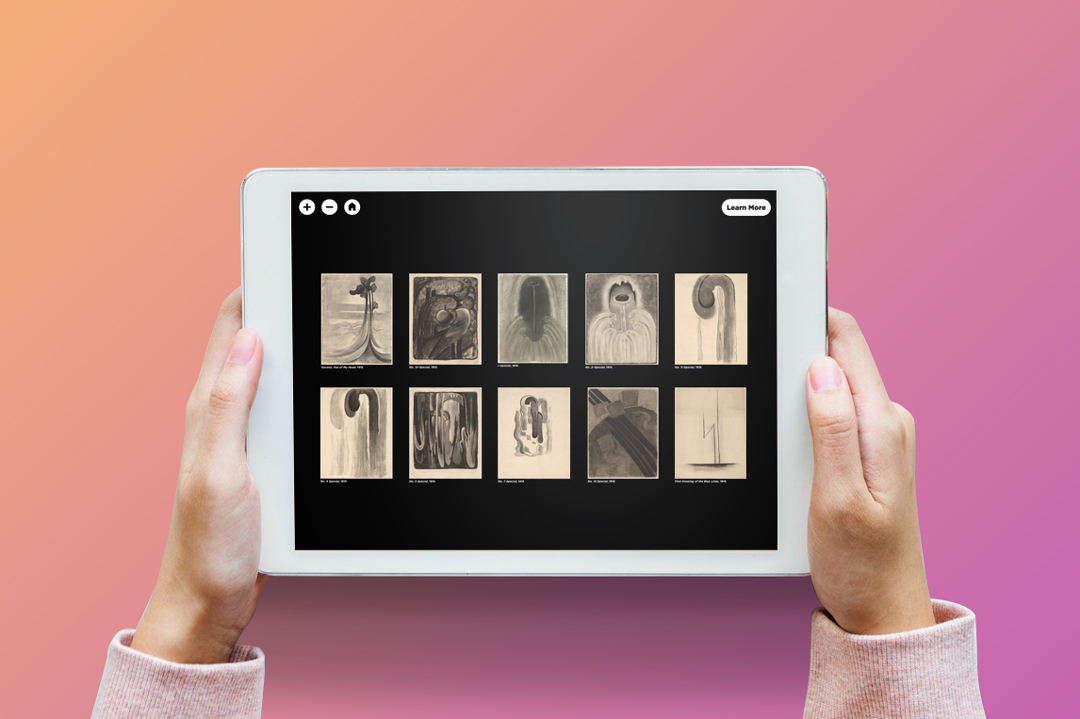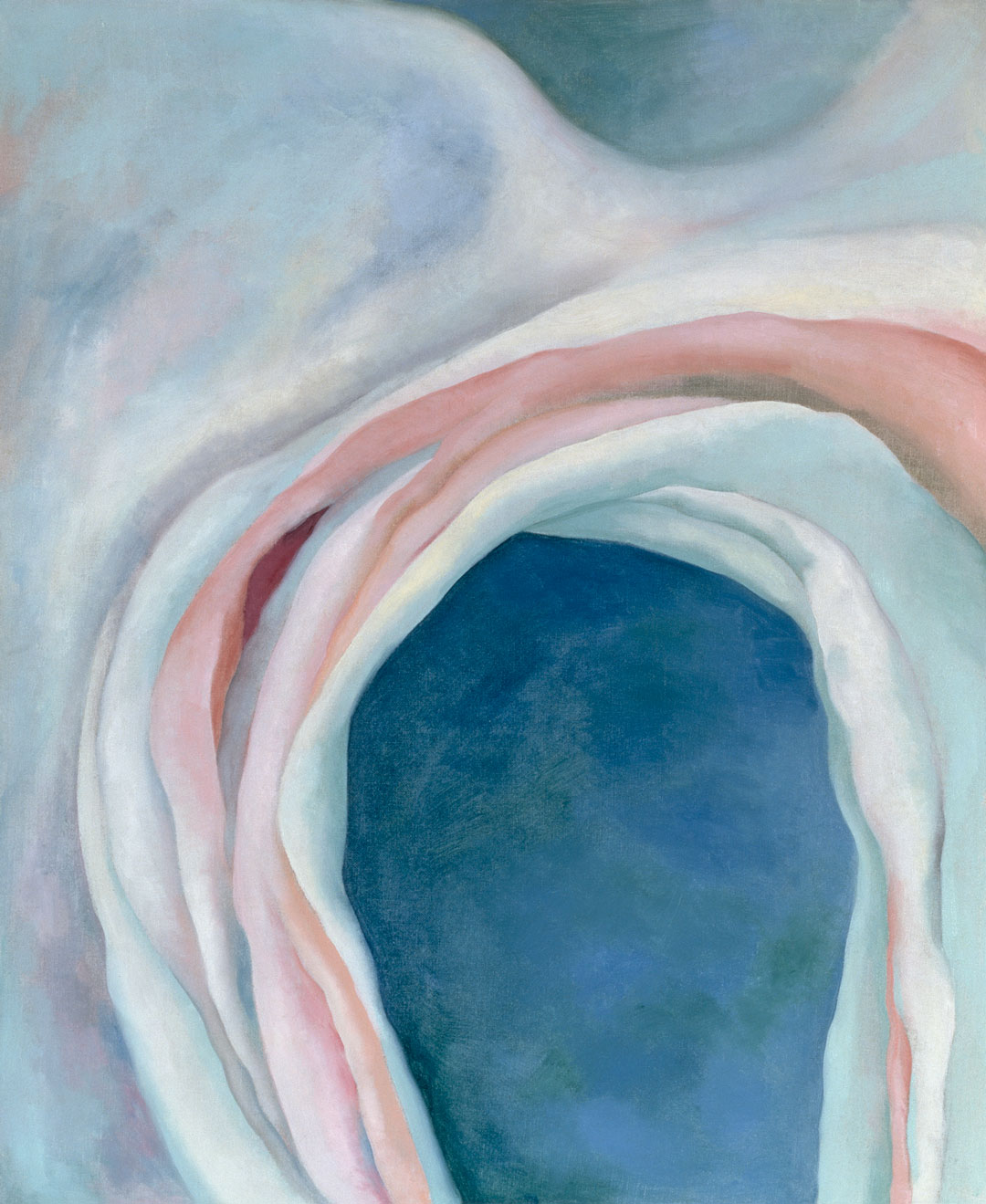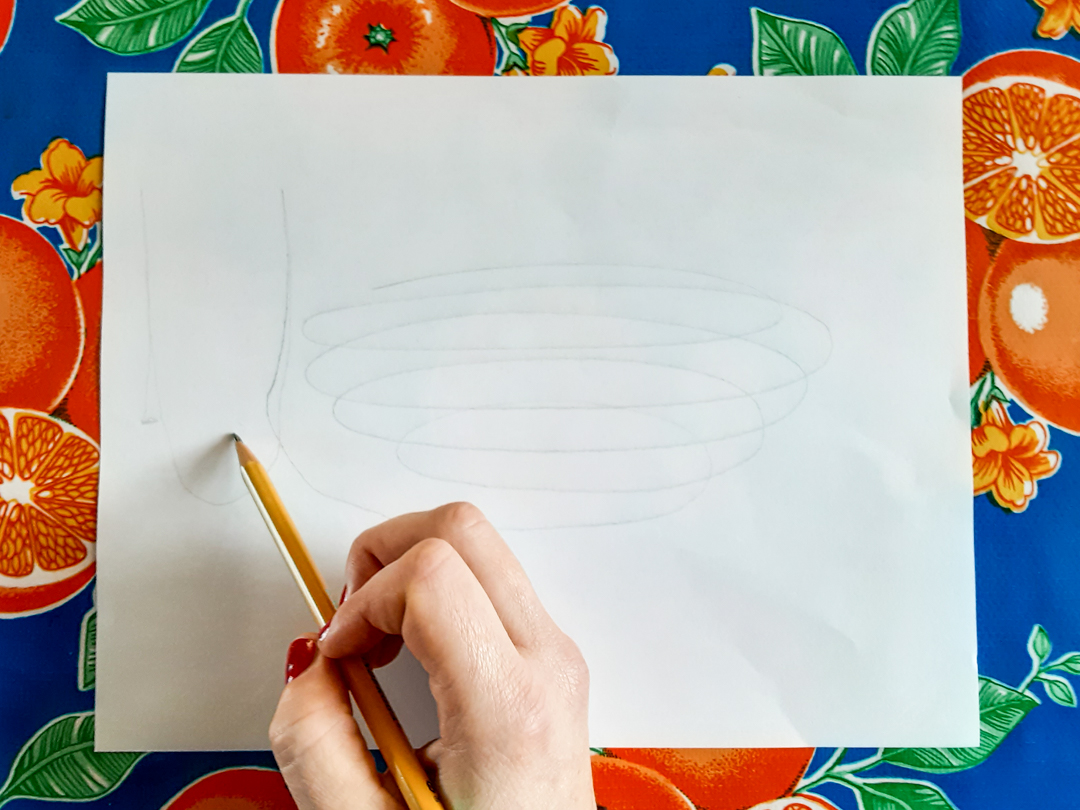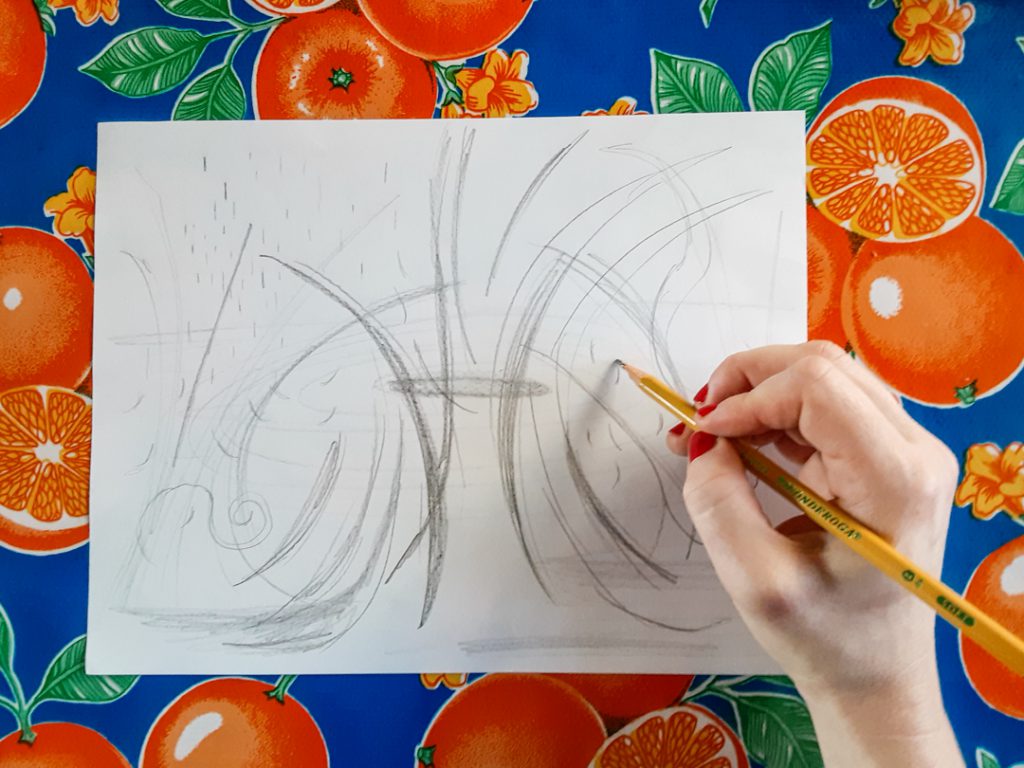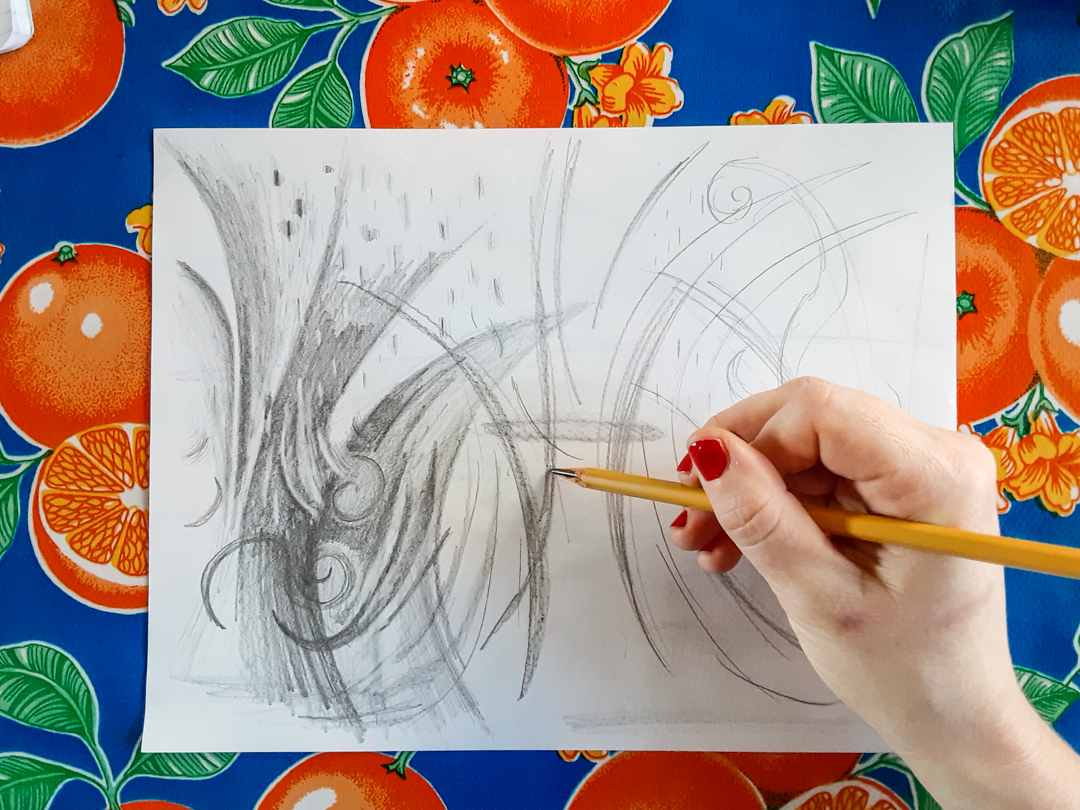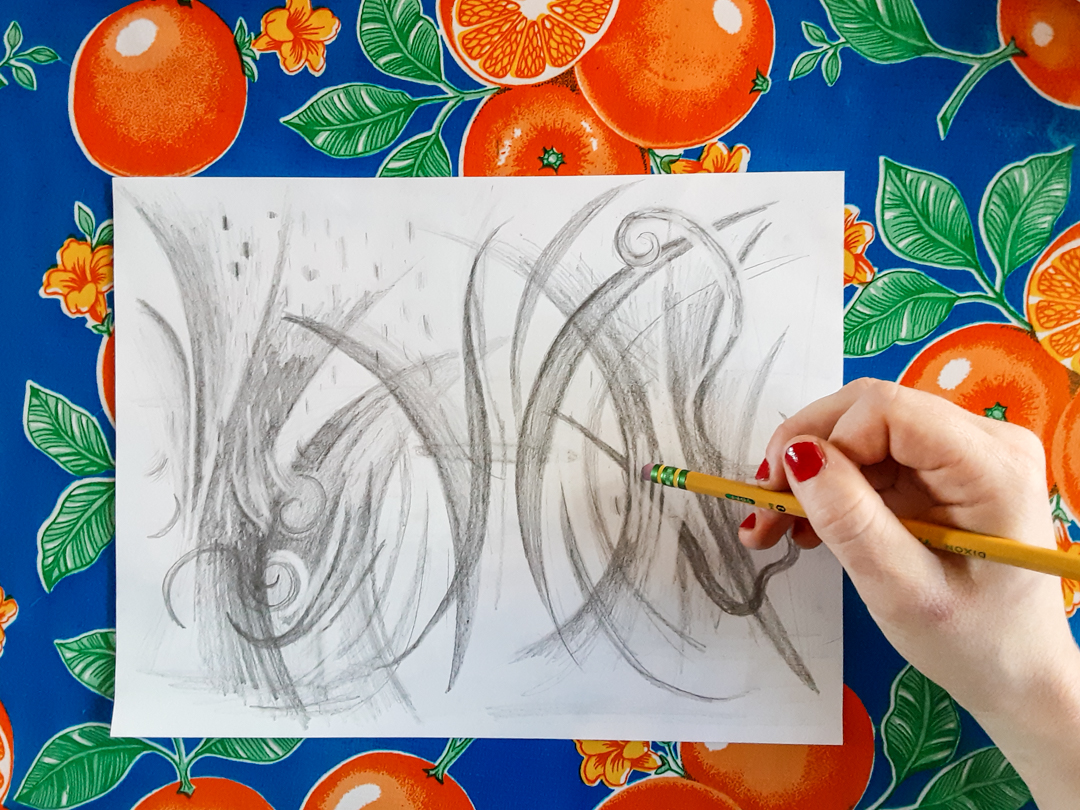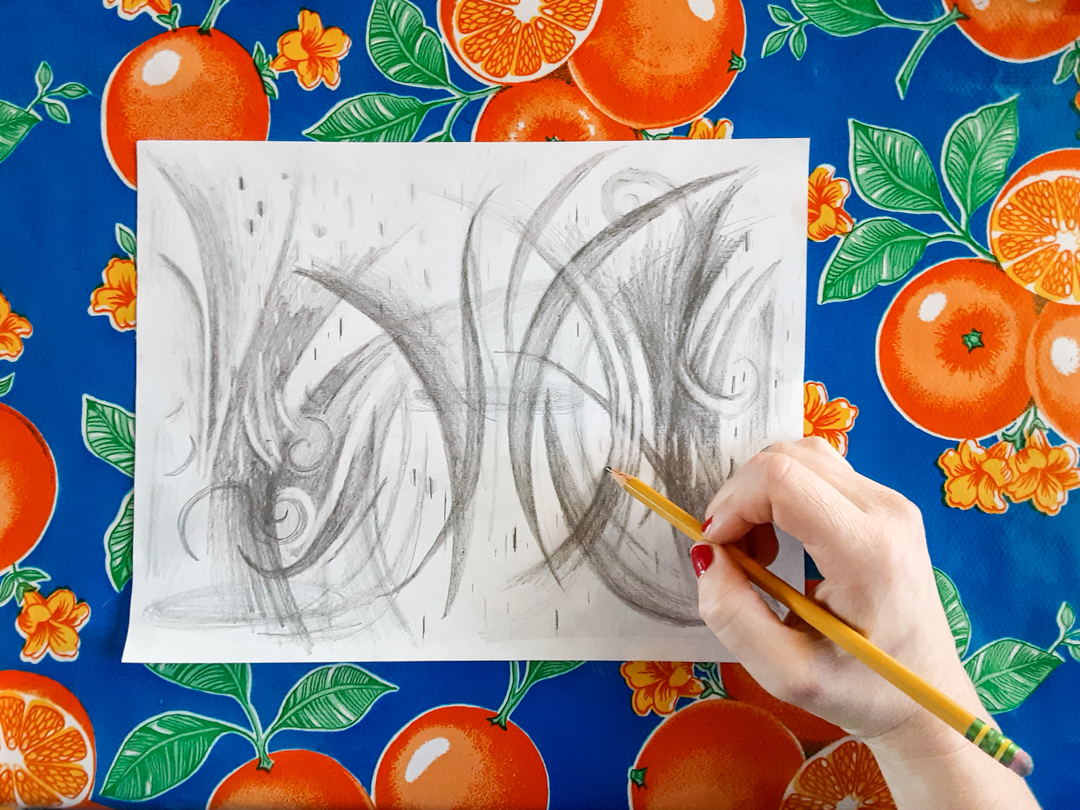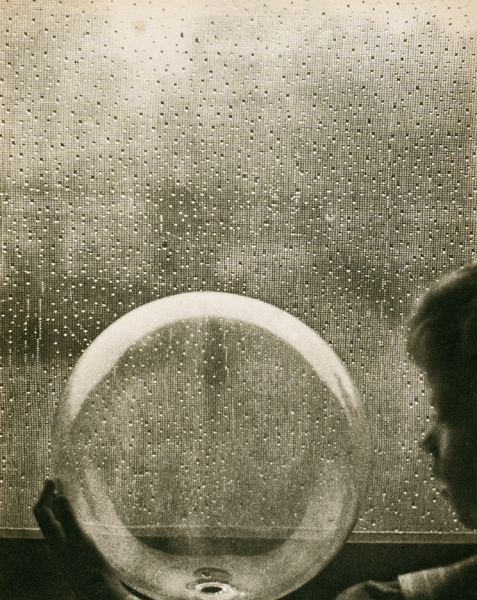
Drops of Rain, Clarence H. White (American, 1871-1925), ca. 1903, National Gallery of Australia
It’s raining again. I stare as rivulets of water course down the window panes of my room, obscuring the view outside. Beyond my window, the passing cars blur together alongside the chairs that decorate my lawn. Everything assumes a greyish cast. “Welcome to Seattle,” people say. Prior to moving to here, I had never encountered a group of people so fixated on the weather, and I’ve lived in Cleveland where it is not only grey but also claims ownership of “The Lake Effect,” which encompasses all manner of atmospheric sins.
Yet as I approach my second year of living in Seattle, I too, have become consumed by thoughts of the dreary weather – so consumed by these thoughts that I seem to have neglected my blog – and the ever-present hope that sun is just around the corner. However, it was the weather that inadvertently led me to the exhibition Camera Work: Process & Image held at SAM from November 26, 1985 to February 2, 1986and focused on the early pioneers of photography including Julia Margaret Cameron, Edward Steichen, Clarence H. White, Paul Strand, Alfred Langdon Coburn, and Alfred Stieglitz.
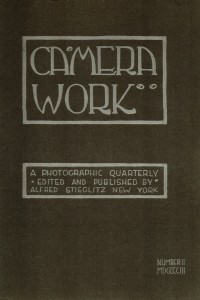
Cover of Camera Work, Issue No 2, April 190, published by Alfred Stieglitz and designed by Edward Steichen.
Determined to elevate both photography and the photogravure to the status of fine art, Stieglitz produced a magazine whose primary focus was photography. As a member of the New York Camera Club, Stieglitz spearheaded the production of a quarterly journal – called Camera Notes – dedicated to both high quality photography and articles surrounding the art form. Yet Camera Notes was merely the beginning, for in 1902 – a mere five years later – Stieglitz left the Camera Club and started his own quarterly, Camera Work, in which he strove to establish a journal that was in and of itself a work of art. From 1903 to 1917, Stieglitz edited and published a total of fifty editions of Camera Work, through which he championed photography as a form of art instead of a mechanical process that simply documented reality. He pushed photographers to take an active role in the editing process of photogravure production – a print of the photographic image that emphasized deep shadows and a rich textural quality – in which the photo negatives are transformed into photo positives and transferred onto a printing plate that is then etched and printed. Stieglitz strove to maintain high quality photogravures that he felt could be viewed as original prints that had their own artistic value. Through this process, photographers in Stieglitz’s circle were able to participate in the production of the photogravures, which instigated a collaboration between the artist’s intent and the hand that created the final product.
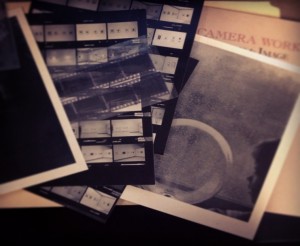
Exhibition media file – including exhibition installation views and transparencies and prints of checklist images – from Camera Work: Process & Image and the exhibition catalogue. Photo: Kaley Ellis.
This examination of Stieglitz’s Camera Work and the photographers involved in that publication act as the focal points of the 1985 exhibition at SAM. Of the works displayed, Clarence H. White’s Drops of Rain, Adolf de Meyer’s Still Life, Hugo Henneberg’s Villa Falconieri, and Alfred Stieglitz’s Spring Showers, New York are the works I find the most compelling. Water is prominently featured in all these works, whether it takes the form of rain, a glass of water, or a shimmering river. The water either distorts and obscures aspects of the work or is itself distorted. Far from being a direct representation of fact, the water provides a medium through which the artistic intent becomes clear. The fact that it is raining outside is not the point of the image in White’s Rain Drops; instead, the simplicity, the lighting, and contrast between the smoothness of the glass ball compared to the pattern of rain drops on the window pane combine to make this work beautifully compelling. The emotional response that these images evoke transcends time and, like other forms of art, is subjective.
Today – despite rapid advances in technology and the advent of the digital camera – artists such as Stieglitz, White, and Cameron remain relevant. New lens are engineered, such as the lensbaby, to create a blurring effect or to obscure the background, while plastic cameras allow photographers to further experiment with light and shadows and finally Photoshop and the Instagram app offer the opportunity to enhance or manipulate an image with the click of a button. Despite these developments, photographers are still creating images that favor the deep shadows, blurred lines, and sometimes dreamlike quality that continues to reference the past and the art of Stieglitz’s circle that he tirelessly perfected for publication in Camera Work.
By Kaley Ellis, Exhibitions and Archives Intern

